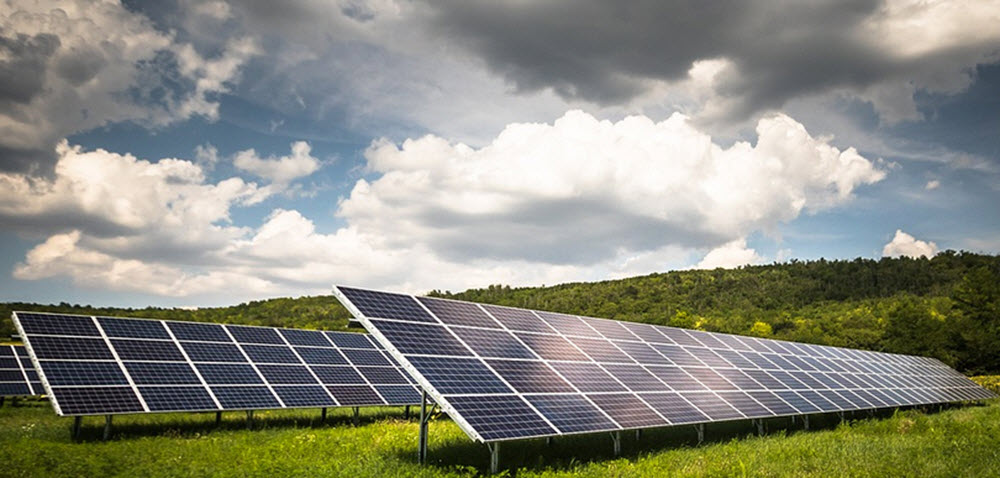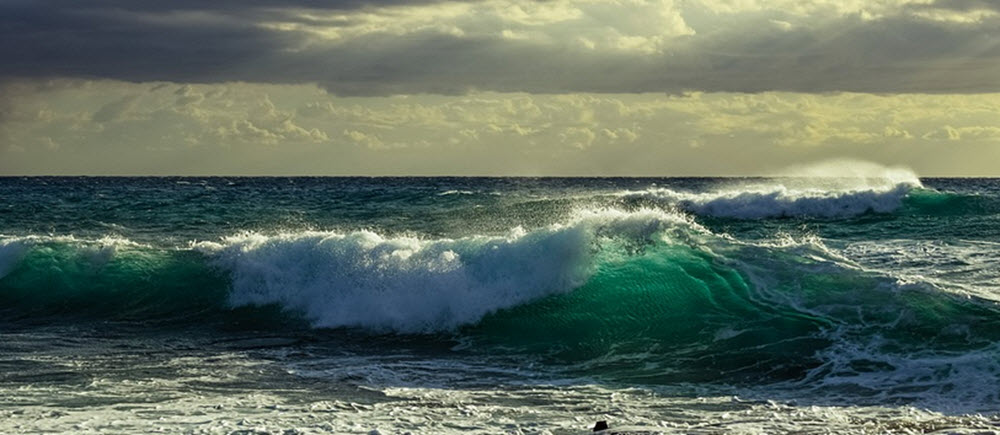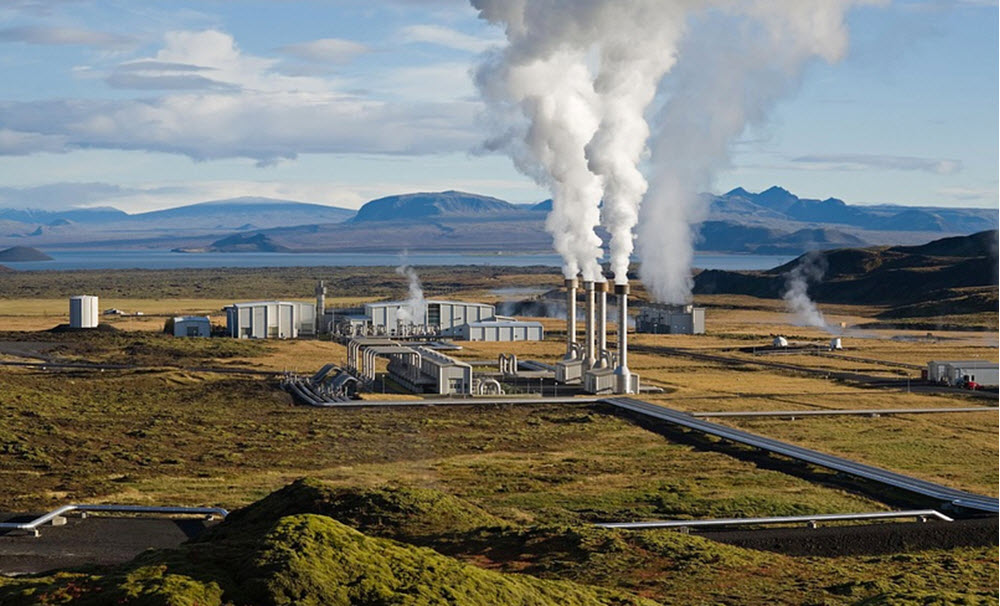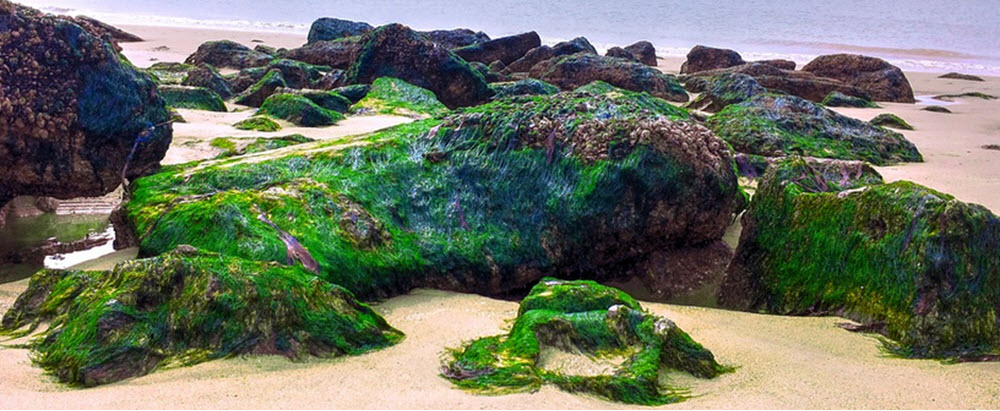Contents
Solar energy
Each day, vast amounts of solar energy in the form of heat and light reaches our planet. The solar energy can be utilized in various ways, including solar water heating and turning solar energy into electricity.

Solar energy techniques are broadly divided into the main categories: active solar techniques and passive solar techniques. Examples of active techniques are photovoltaic systems, solar water heating systems and concentrated solar power. Selecting building materials with favourable thermal mass, orienting a building to the sun and using the sun to naturally circulate air in a home are examples of passive techniques. Read more …
Wind energy
The history of using the wind to power mechanical mills (windmills) goes back to time immemorial, but it is also possible to use the kinetic energy of the wind to generate electricity with the help of a wind turbine. This can be done small-scale and large-scale. A small individual windmill can provide electricity for a small off-the-grid home, while huge wind farms have been built around the world to feed large quantities of electricity into the main power grid. In the year 2019, approximately 1430 TWh of electricity was provided by windmills.

Choosing the right location is very important when it comes to windmills. Strong winds will generate more electricity, but factors such as turbulence and gusts must also be taken into consideration. Read more…
Wave energy
The kinetic energy of waves can be converted into electricity using a generator. Several different technologies have been developed, including the use of oscillating water columns, absorbers, attenuators, the inverted-pendulum, and overtopping. The energy density of a typical wave is 30 kW – 40 kW. In addition to producing electricity, wave energy can also be used directly to pump water and the desalination of seawater.

One example of a functional wave energy power plant is Sotenäs, located in the North Sea off the western coast of Sweden. Sotenäs has been generating electricity since 2016 and has a total capacity of nearly 3 MW. The plant holds 36 wave energy converters, and the generators have been placed at a depth of 50 meters. Read more…
Geothermal energy
Geothermal energy is found in the Earth´s crust and is the driving force behind phenomena such as geysers, hot springs and fumaroles. Utilizing geothermal energy to provide heating or generate electricity is easier in locations on or near tectonic plate boundaries. Examples of countries where large-scale harnessing of geothermal energy is already taking place are Iceland, New Zealand and Costa Rica – countries known for their seismic activity.

Worldwide, 13,900 megawatts of electricity was made available from geothermal power plants in the year 2019. Geothermal power was also used directly to heat buildings, desalinate seawater, and more. Read more…
Algae fuel
Algae can be converted into various types of fuel. The fatty content of the biomass can for instance become biodiesel, while carbohydrates and proteins can be used to produce ethanol, methane and biogas. Both microalgae and macroalgae can be turned into fuel.

Unlike terrestrial biodiesel crops such as corn and soy, algae farms do not require good farmland to be productive. Therefore, they do not compete with food production. Also, algae can be grown in brackish and saline water that could not be used to water fields of crops.
We usually don´t think of algae as something that is rich in fat, but some species of algae actually contain over 60% fat when dried and are highly suitable for biodiesel production. While an oil palm farm can produce approximately 5 950 litres of oil per hectare in a year, that number is 58,000 – 135,000 litres/ha for an algae farm. Read more…